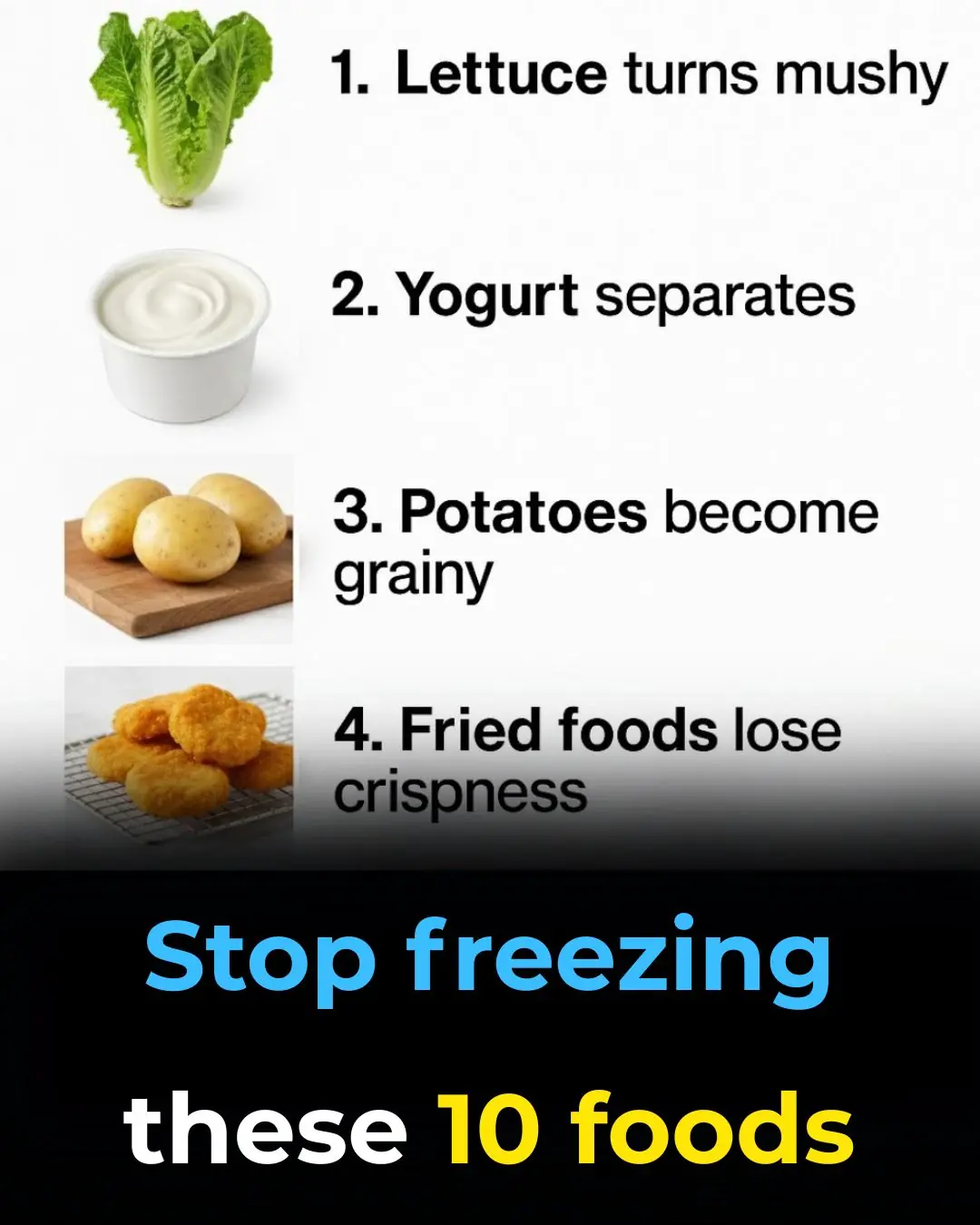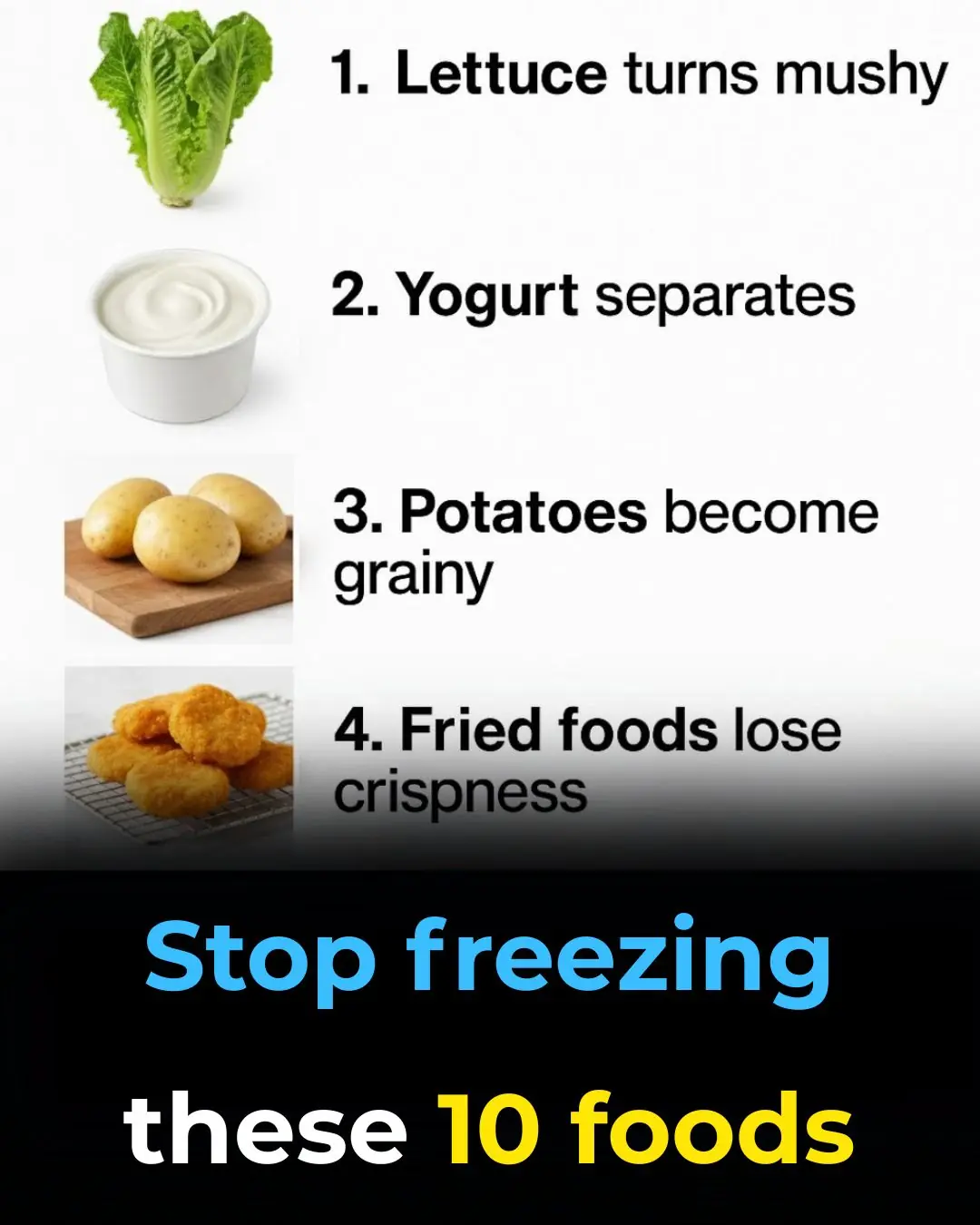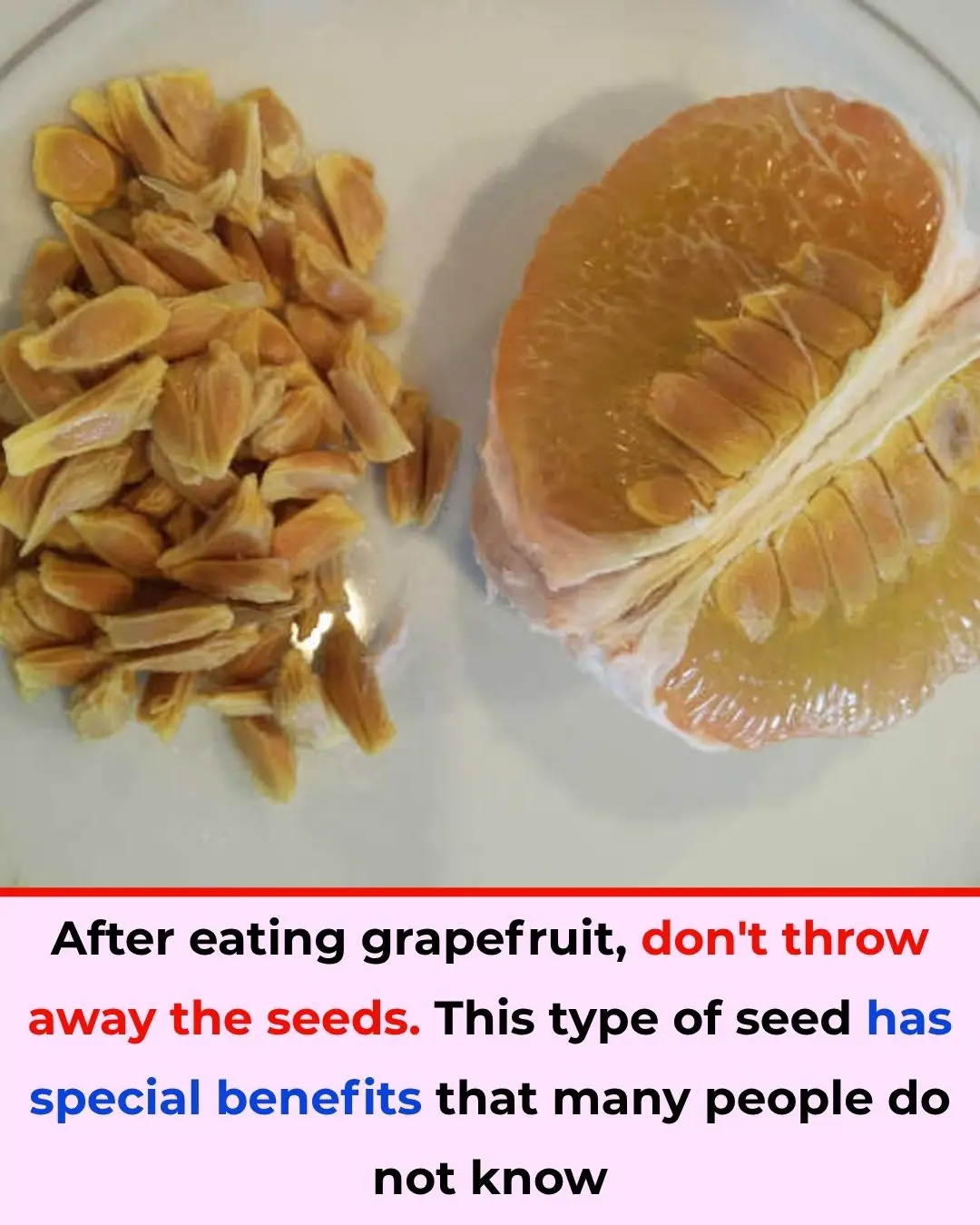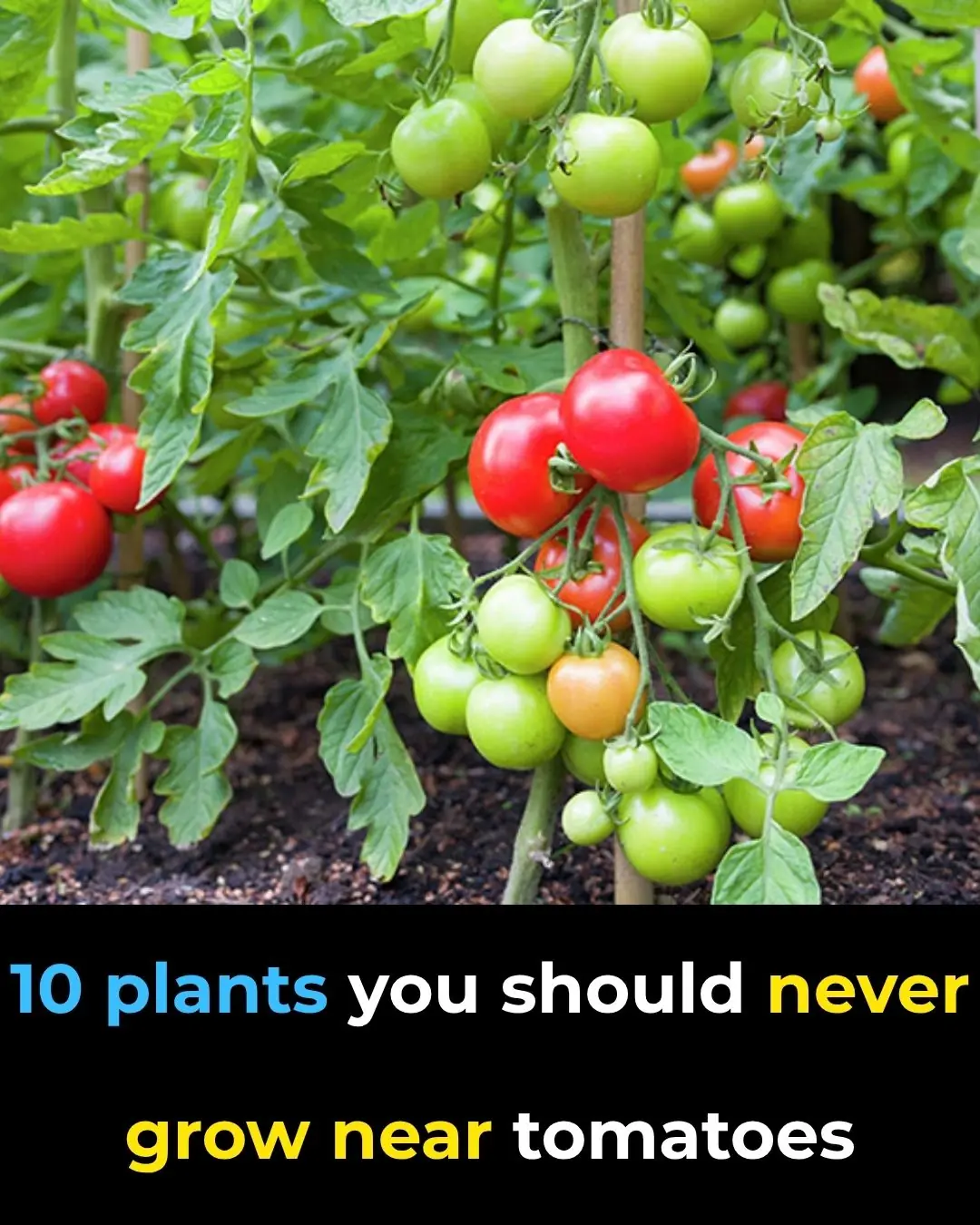
Stop storing these 10 things wrong
In our quest to keep food fresh and minimize waste, many of us overlook the importance of proper storage. Even the most seasoned home cooks sometimes keep ingredients in ways that dull their flavor, ruin their texture, or drastically shorten their lifespan. It’s time to correct those everyday storage mistakes and learn how to make our favorite foods last longer — without sacrificing quality or taste.
From fresh produce to pantry staples, the conditions in which we store food can make all the difference. Temperature, light, air exposure, and moisture all play crucial roles in preserving flavor, texture, and even nutritional value. By understanding what each ingredient truly needs, you’ll not only waste less but also enjoy better-tasting meals every day.
Here’s an expanded guide to 11 common storage mistakes — and how to fix them for good.
1. Tomatoes: Why the Fridge Is Not Their Friend
Tomatoes may seem delicate, but they actually thrive best at room temperature — ideally between 55°F and 70°F — and away from direct sunlight. When chilled, their texture becomes mealy and their vibrant flavor fades. That’s because cold temperatures disrupt the fruit’s internal membranes, damaging its natural structure and sweetness.
To keep them at their best, store tomatoes stem-side down on a countertop or in a shallow bowl lined with a paper towel. This reduces airflow through the stem scar and slows over-ripening. If you have an abundance of overripe tomatoes, turn them into a sauce, soup, or salsa rather than refrigerating them — your taste buds will thank you.
Pro tip: Cherry tomatoes can also be stored in a single layer at room temperature to maintain their juiciness longer.
2. Onions: The Perils of Plastic Bags
Onions prefer a cool, dry, and well-ventilated environment — and plastic bags are the enemy. When trapped without air circulation, onions develop moisture, mold, and soft spots. A mesh bag, wire basket, or even a pair of old pantyhose (yes, really) provides perfect airflow to keep them dry and crisp.
Keep onions far away from potatoes. The gases and humidity emitted by potatoes speed up onion decay and can cause both to spoil faster. For ideal longevity, store onions in a pantry, cellar, or cupboard with temperatures around 45°F to 55°F.
Pro tip: Once an onion is cut, store it in an airtight container in the refrigerator to avoid odor transfer — and use it within a few days.
3. Bread: Freeze for Freshness
Contrary to what many believe, the refrigerator is not the best place for bread. Chilling causes the starch molecules to recrystallize more quickly, turning soft loaves dry and stale.
If you won’t finish your bread within two or three days, freezing is your best option. Wrap the loaf tightly in plastic wrap or foil, place it in a freezer-safe bag, and freeze it. To enjoy later, thaw at room temperature or toast slices straight from frozen. The result: soft, aromatic bread that tastes freshly baked.
Extra tip: If you bake your own bread, slice it before freezing so you can grab only what you need without thawing the whole loaf.
4. Garlic: The Ideal Dry, Cool Storage
Garlic bulbs prefer cool, dry, and airy conditions — around 60°F to 65°F. The refrigerator is too damp and can cause garlic to sprout early, changing its flavor from rich to bitter.
Keep whole bulbs intact until you’re ready to use them. A wire basket, mesh bag, or ceramic garlic keeper with ventilation holes works perfectly. Avoid sealed containers or plastic bags, which trap moisture and promote mold growth.
Bonus tip: Once peeled, garlic cloves can be preserved for a few days in olive oil in the refrigerator — but be sure to use them quickly to avoid bacterial growth.
5. Potatoes: Keep Away from Light and Cold
Potatoes need a dark, cool home — between 45°F and 55°F. Exposure to light turns them green and leads to the formation of solanine, a natural toxin that gives a bitter taste. Refrigeration, meanwhile, converts their starches into sugars, producing an odd sweetness and a gritty texture when cooked.
Store potatoes in paper bags, mesh sacks, or ventilated boxes. Never wash them before storage, as moisture triggers decay. Check them regularly and remove any soft or sprouting ones to protect the rest.
Pro tip: Sweet potatoes follow similar rules — but they prefer slightly warmer temperatures and absolutely no refrigeration.
6. Coffee Beans: Avoid the Freezer
Freezing coffee beans may seem like a freshness hack, but it’s a trap. When beans thaw, condensation forms, pulling out essential oils and delicate aromas. They can also absorb odors from the freezer, dulling their signature flavor.
For the richest cup, store coffee in an airtight container — ceramic or opaque glass is ideal — away from light, moisture, and heat. Keep it at room temperature and grind only what you need before brewing.
Extra detail: Whole beans stay fresh for about two weeks once opened; ground coffee should be used within a few days for peak flavor.
7. Olive Oil: Keep It Cool, Not Cold
Olive oil’s worst enemies are heat, light, and air. Storing it in the refrigerator may cause it to solidify, but more importantly, exposure to warmth or sunlight can oxidize it — making it taste bitter and flat.
Use a dark glass or metal container with a tight seal, and store it in a cool, dark cupboard. Keep it away from your stove or window. The best storage temperature is between 55°F and 60°F.
Quick fact: Extra virgin olive oil has a shorter shelf life than refined varieties — so buy smaller bottles if you don’t use it often.
8. Honey: Store at Room Temperature
Honey is practically eternal — archeologists have found edible honey in ancient Egyptian tombs! But that’s only when it’s stored properly. Refrigeration causes it to crystallize, turning smooth golden syrup into a grainy solid.
Keep honey at room temperature in a tightly sealed glass jar to maintain its luscious texture. If it crystallizes, simply place the jar in a bowl of warm water to liquefy it again. Avoid microwaving, as it can destroy enzymes and antioxidants.
Pro tip: Store honey away from humidity and direct sunlight to prevent flavor loss over time.
9. Bananas: Room Temperature Is Key
Bananas ripen best at room temperature. Refrigeration turns their skins brown and their insides mushy — even if the fruit is still edible. The cold halts ripening but compromises texture and sweetness.
If you want to slow ripening, wrap the stems with plastic wrap to reduce ethylene gas release. For ripe bananas you can’t eat right away, peel and freeze them for smoothies, banana bread, or pancakes.
Extra tip: Keep bananas away from apples or avocados, which release ethylene gas and make them ripen faster.
10. Cheese: Proper Wrapping Techniques
Cheese needs to breathe — but just the right amount. Wrapping it tightly in plastic traps moisture, encouraging mold. Instead, use parchment or wax paper first, then loosely wrap it in a plastic bag or place it in an airtight container.
Store cheese in the vegetable drawer, where humidity and temperature stay more stable. Hard cheeses like Parmesan do best in cooler zones, while soft cheeses like Brie or Camembert benefit from slightly warmer, more humid spots.
Bonus tip: Never freeze soft cheeses; it ruins their creamy texture. Hard cheeses can handle it in a pinch, but their flavor may dull slightly.
11. Nuts: Refrigerate to Preserve Freshness
Nuts are rich in oils that can turn rancid when exposed to heat or air. While they seem fine in a pantry, they’ll stay fresher much longer in the refrigerator or freezer.
For long-term storage, seal nuts in an airtight jar or vacuum-sealed bag. This keeps out oxygen, moisture, and odors. Before eating, bring them back to room temperature for the best flavor and crunch.
Pro tip: Toasting nuts briefly in the oven can revive their aroma if they’ve been stored for a while.
Final Thoughts
Proper food storage isn’t just about organization — it’s about protecting the flavor, nutrition, and value of the food you buy. By giving each ingredient the right environment, you can waste less, save money, and elevate every meal you make. A little knowledge in the kitchen goes a long way — and your taste buds will notice the difference.
News in the same category


10 top types of house spiders & how to get rid of each one

These ideas are brilliant

10 top types of house spiders & how to get rid of each one

Don’t Throw Away Grapefruit Seeds – These Tiny Seeds Have Surprising Benefits

Sprinkle Salt Around Your Home on Rainy Days – It Sounds Strange, but the Results Are Amazing

Remove Bad Odors from Your Refrigerator Overnight with These Simple Tricks

I had no idea this was a thing

Add white vinegar to dishwashing water: Simple cleaning tips that will never be too expensive

Lady places cup of vinegar into microwave. Here’s the genius reason why

Works like a charm

My nana taught me this hack to make dusty blinds sparkle in 2 mins with 0 work. Here’s how it works

Hot Water Heaters Accumulate Limescale Over Time: Here’s How to Clean It Yourself Without Calling a Technician

Found this on my son’s scalp. Have no idea what it is and we can’t get a doc appt soon. Tips?

How to Clean Yellowed, Moldy Pillow Inserts That Soap Can’t Fix: Soak Them in This and They’ll Be Spotless

Green beans cooked this way only take 2 minutes to be well done, so simple yet many people don't know

Tips for soaking honey lemons without fermenting, the longer you leave them, the more delicious and nutritious they become.

Your oven hood filter is a greasy mess. Effortlessly get it clean like new again

The secret to longevity after 50: 'Golden' foods for good health
News Post

DIY Under-Eye Clove Cream for Dark Circles

Person 'sucked into plane engine' before takeoff dies in airport tragedy

The Powerful Juice That Fights Anemia, Fatty Liver, and Blurry Vision Naturally

Stop freezing these 10 foods

10 top types of house spiders & how to get rid of each one

These ideas are brilliant

10 top types of house spiders & how to get rid of each one

10 Plants You Should Never Grow Near Lavender

Plants You Should Never Grow Near Tomatoes

If You Spot This Snake in Your Garden, Leave It Be — Here’s Why It’s Actually Your Garden’s Secret Best Friend

Don’t Throw Away Grapefruit Seeds – These Tiny Seeds Have Surprising Benefits

Sprinkle Salt Around Your Home on Rainy Days – It Sounds Strange, but the Results Are Amazing

Remove Bad Odors from Your Refrigerator Overnight with These Simple Tricks

Researchers Accidentally Capture Drone Footage of the Year: A Wild Bond Between Predator and Prey

Top 10 Herbal Teas That Actually Kill Cancer — Why Is This Being Hidden? | Healthy Care

DON'T IGNORE! Top 8 Warning Signs Of Blood Clots

Castor Oil After 50: This Is What Happens After 7 Days Of Use!

He Couldn’t Pull Her Out — So He Held Her Hand.

Mix One Ingredient With Orange Juice To Flush Toxic Buildup From The Lungs
